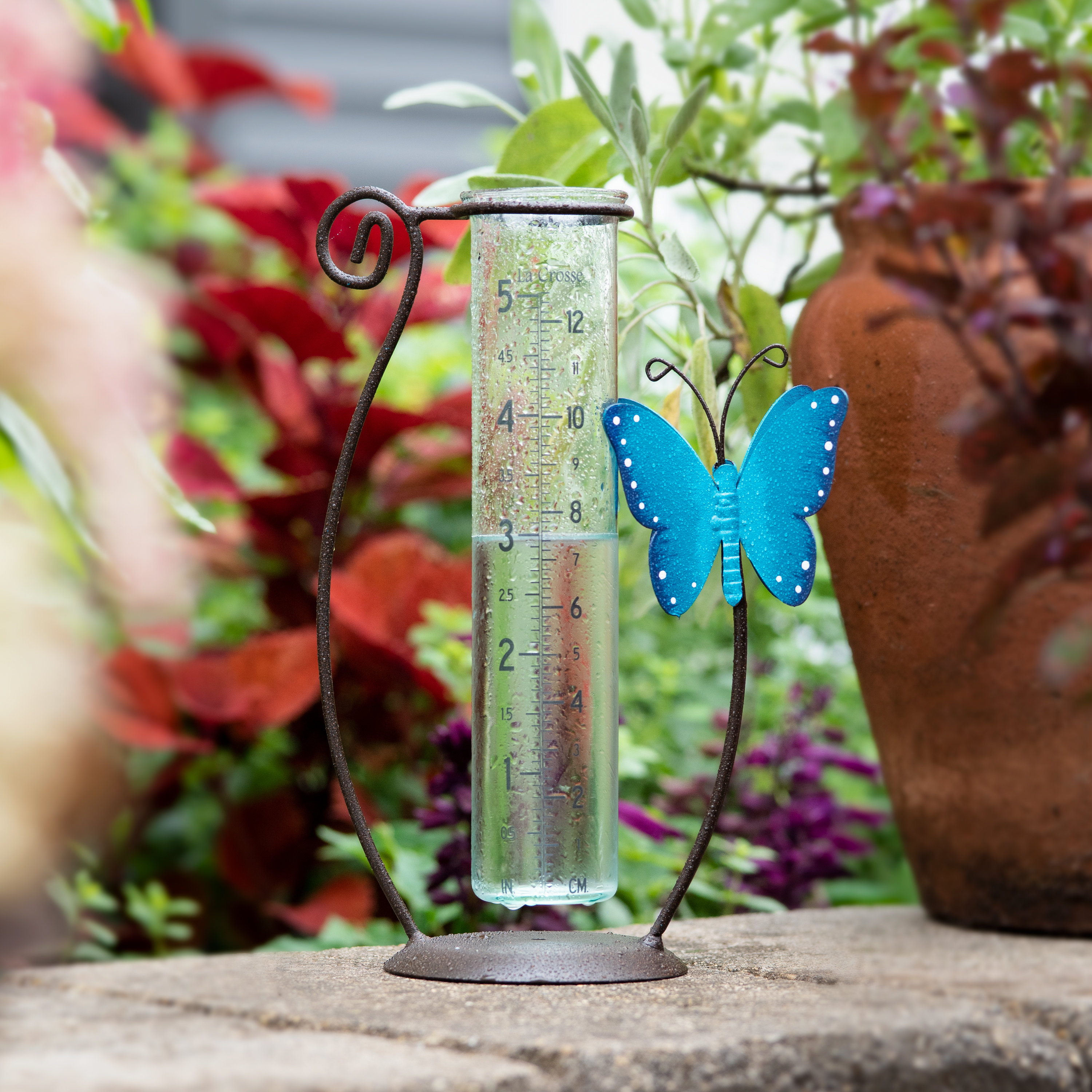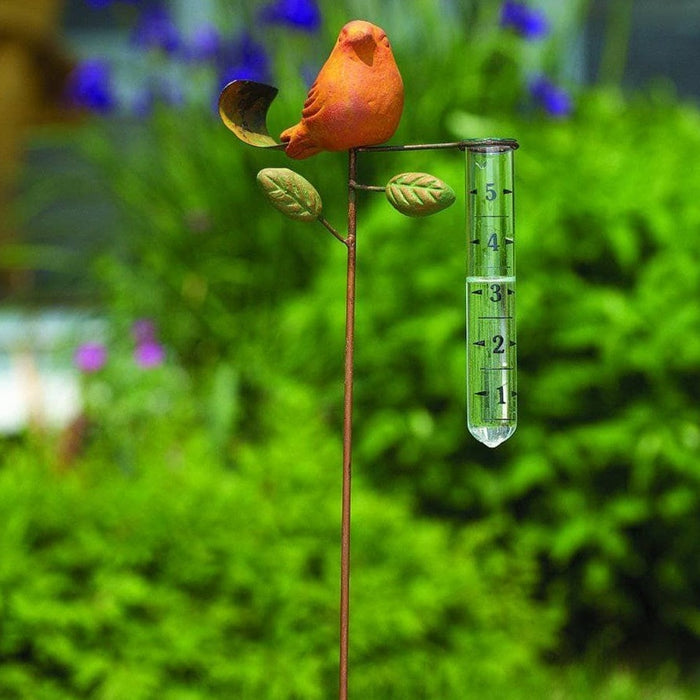The Rain Gauge: Enhancing Agricultural and Environmental Monitoring Initiatives
The Rain Gauge: Enhancing Agricultural and Environmental Monitoring Initiatives
Blog Article
Recognizing Rain Scale Measurements: A Full Guide
Understanding Rainfall Scale Dimensions: A Total Overview is a thorough resource for anyone seeking a deeper understanding of rain scale dimensions. Whether you are a specialist in the area or merely have an inquisitiveness about rainfall dimension, this overview will certainly equip you with the understanding required to effectively use rainfall scale dimensions.
The Relevance of Rain Gauge Measurements
The value of rain scale measurements hinges on their role as an essential tool for precisely keeping track of and assessing precipitation levels - The Rain Gauge. Rainfall scale dimensions give valuable data that helps hydrologists and meteorologists comprehend patterns and patterns in rainfall, which consequently aids in numerous areas such as agriculture, water source administration, and environment research

Accurate rainfall dimensions are necessary for agriculture as they help in identifying irrigation requirements, crop development, and yield predictions. Farmers depend on this info to make informed choices regarding when to water their crops, avoiding water waste and making certain ideal plant wellness. Additionally, rainfall data helps in assessing the influence of dry spells or excessive rainfall on plant production, making it possible for farmers to take appropriate steps to reduce losses.
Water resource management heavily depends on rainfall gauge measurements to identify the amount of water available in rivers, tanks, and lakes. Specific measurements allow water managers to make enlightened decisions concerning water appropriation and distribution, guaranteeing sustainable usage and avoiding shortages. This information is especially vital in regions where water shortage is a pushing problem.
Furthermore, rainfall gauge measurements play an essential function in environment research study. By precisely measuring rains over extended durations, researchers can assess lasting environment patterns and recognize adjustments in precipitation patterns as a result of environment adjustment. This data assists researchers and policymakers develop techniques to adapt to and mitigate the impacts of climate adjustment.
Types of Rain Scales
There are different sorts of rainfall assesses used to gauge rainfall properly. Each kind has its own benefits and restrictions, making them appropriate for various objectives and settings.
One of the most typical sort of rainfall gauge is the common round scale. It contains a round container with a wide funnel-shaped top to accumulate rainwater (The Rain Gauge). The water is after that funneled into a graduated gauging tube, permitting accurate dimension of the amount of rainfall
An additional type is the considering rain gauge. This gauge makes use of a sensitive equilibrium to gauge the weight of the gathered rainfall. By converting the weight right into volume, the amount of rainfall can be identified. Weighing rain gauges are especially useful in locations with frozen rainfall or heavy rainfall, as they are not affected by splashing or dissipation.
Tipping bucket rain determines use a mechanism that suggestions a tiny container each time it accumulates a specific amount of rain. The number of ideas is tape-recorded and made use of to calculate the rainfall. This kind of scale is generally made use of in automated weather terminals as a result of its low upkeep requirements and capacity to offer real-time information.
Finally, there are radar-based rain determines that use radar technology to approximate rainfall. These assesses gauge the intensity of rains in a specific area by analyzing the reflected radar signals. They are specifically helpful for determining rainfall over big locations or in remote areas.
Exactly How Rainfall Gauge Measurements Job
Rain gauge dimensions are based on the concept of collecting and measuring the amount of precipitation. These instruments are made to capture rainwater and offer an accurate measurement of the rains in a particular location.
The most typical sort of rainfall scale is the typical Discover More Here round scale. It includes a cylindrical container with a broad opening at the top to accumulate rain. The collected water is then channelled right into a gauging tube, which is calibrated to give the dimension in devices of size, usually inches or millimeters.
One more kind of rainfall gauge is the tipping container you could look here gauge. When they get to a certain weight threshold, it utilizes a seesaw-like mechanism with two pails that tip. Each pointer of the pail represents a particular quantity of rainfall, enabling precise dimensions.
Some advanced rainfall determines are equipped with digital sensing units that immediately document and transmit data. These sensors make use of different technologies such as ultrasound or laser to gauge the amount of rainfall accurately.
Elements Impacting Rainfall Scale Accuracy
Aspects that can affect the precision of rainfall gauge dimensions include different ecological and functional variables. Environmental elements such as wind, temperature, and climatic stress can dramatically affect the accuracy of rain gauge measurements. Solid winds can create the rainfall scale to tilt or relocate, resulting in imprecise readings. In a similar way, severe temperatures can trigger evaporation or cold of the collected rainwater, bring about distorted measurements. Changes in air pressure can likewise influence the accuracy of rain gauge measurements, as they can change the price at which rains is collected.
Operational variables, on the other hand, describe variables connected to the style, setup, and maintenance of the rainfall scale. The placement of the rain scale in a location with obstructed airflow or near structures or trees can bring about inaccurate readings as a result of clog or splattering of rains. Furthermore, improper calibration or uneven upkeep of the rain gauge can also influence its precision.
To make certain the accuracy of rainfall gauge measurements, it is necessary to take into consideration these elements and take suitable actions. This may involve picking a proper place for the rainfall scale, making sure proper installation and upkeep, and frequently calibrating the tool. By addressing these factors, trustworthy and accurate rains measurements can be acquired, which are vital for different applications such as climate projecting, hydrological studies, and farming.
Tips for Properly Gauging Rainfall
To ensure specific rains dimensions, it is vital to implement specific methods and techniques when using a rainfall scale. Here are some suggestions for accurately gauging rainfall:
Correct Positioning: Place the rainfall scale in an open area, far from trees, buildings, and various other blockages that might conflict with the rains collection. It needs to be positioned on a degree surface to prevent water pooling or overflow.

Read the Range Appropriately: When taking dimensions, checked out the water degree at eye level from the bottom of the crescent. Avoid parallax errors by aligning your view directly with the water degree.
Regular Time Interval: Establish a regular time interval for determining rainfall, such as every 24-hour or after each rains occasion. This ensures accurate monitoring and contrast of rainfall data.
Document Measurements Promptly: Record rains dimensions immediately after collection to stop evaporation or splilling. Make use of a rainfall gauge with a built-in information logging feature for automatic recording.
Final Thought
In verdict, comprehending rainfall scale measurements is vital for precisely determining rainfall. It is vital to consider variables that can impact the accuracy of rain scale dimensions, such as placement, wind, and evaporation.
Recognizing Rain Scale Dimensions: A Full Overview is a detailed resource for any individual looking for a much deeper understanding of rainfall scale dimensions. Whether you are an expert in the area or simply have an interest regarding rains dimension, this overview will certainly outfit you with the knowledge needed to successfully make use of rainfall scale dimensions.
The most typical kind of rain gauge is the common round scale.The most usual type of rain scale is the standard round scale.One more kind of rain gauge is the tipping container scale.
Report this page